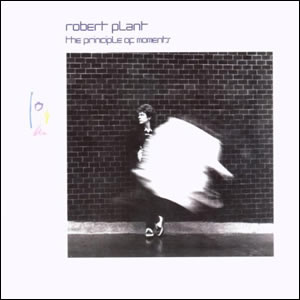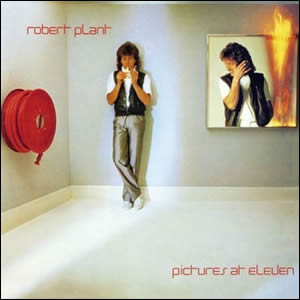The Principle of Moments by Robert Plant
Buy The Principle of Moments The 1983 release of The Principle of Moments was the second solo album by Robert Plant, following the disbandment of Led Zeppelin in late 1980. The album follows […]

Buy The Principle of Moments The 1983 release of The Principle of Moments was the second solo album by Robert Plant, following the disbandment of Led Zeppelin in late 1980. The album follows […]

Buy Pictures at Eleven Pictures At Eleven was sweet relief for Zeppelin-starved fans still in shock over John Bonham’s death and the break up of Led Zepplin when it was released as Robert Plant‘s debut solo album […]